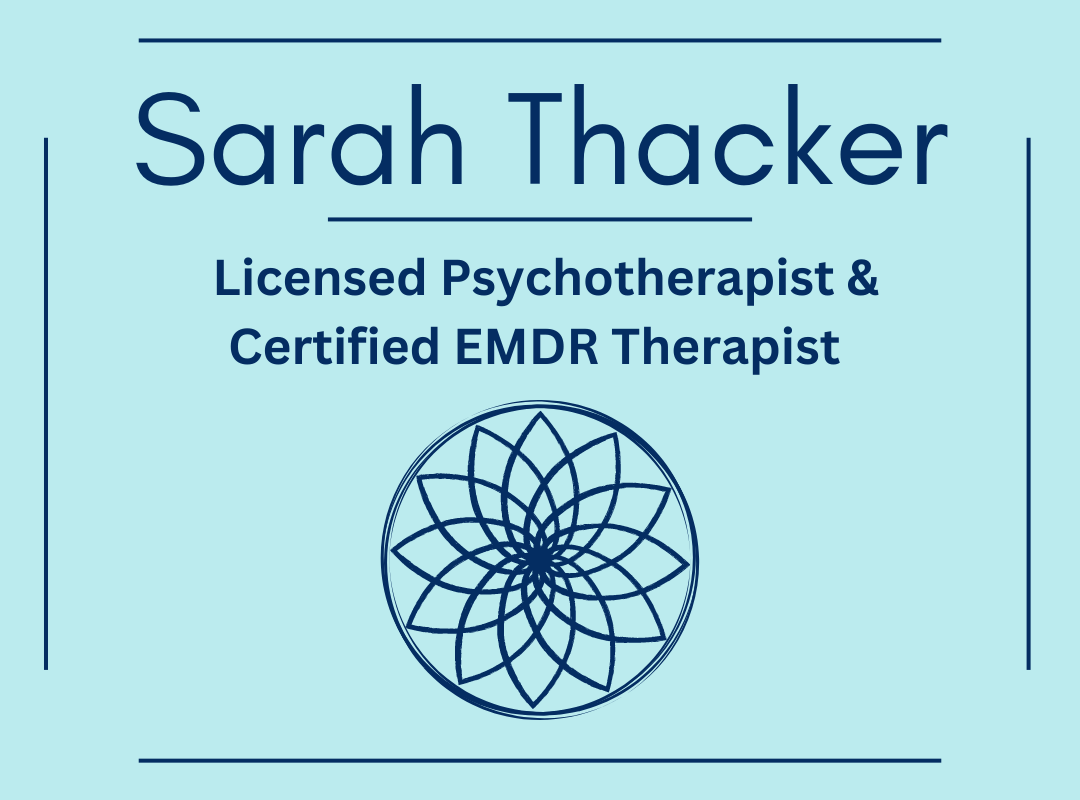In my last two blog posts I discussed the importance and necessity of self-awareness in understanding what emotional eating is and why it continues to happen. The most recent post I elaborated on how to dig deep into emotional awareness in order to become more comfortable with the emotional discomfort that we so readily avoid through eating, or really through any other preferred behavior of emotional avoidance.
Numbing, distracting, avoiding, and denial have become pervasive as there are so many ways of distracting ourselves from our feelings at any given moment. Once we can learn how to engage with our emotions and truly allow ourselves to feel our feelings, we become more comfortable being with ourselves. We allow ourselves more room to be with our full self, uncomfortable emotions and all. This process creates more opportunity to lean consistently into our full authenticity. This can be quite hard as it requires vulnerability and discomfort.
Creating this deep emotional awareness and connection to ourselves is a process that takes time and effort, and yet it is so freeing and empowering. However, the more you engage with your emotional world and practice being the full expression of yourself, this emotional awareness and connection does not necessarily bring immediate change to the behavioral aspect of emotional eating. The sidebar here is, that in order for behavioral change to occur, it’s vital that we continue to progress and move forward from the self-awareness and emotional acceptance we’ve been building upon. Now, for true change in our habitual patterns to occur, we must dive into the work of true behavioral change.
Let’s face it, change is hard. We are hardwired to create habits and then go through our day to day living pretty much unconsciously. Think about it, the last time you were driving, how much of that drive were you truly present? How much of that drive were you lost in thoughts, engaged in a podcast, music, or audiobook? How about other daily habits, do you have to think about brushing your teeth? What about any other part of your usual daily routine? Most likely no, you do not have to think it through. This is because it has become a habit. The same exact thing is true with the behavioral element of emotional eating.
The habit of emotional eating, let’s say for example at night, may have first begun because you were lonely, deprived, bored, agitated, anxious, or experiencing any other uncomfortable emotion. Through the process you have been working through of self-awareness, you started to notice this pattern. With the practice of emotional awareness you most likely began to attempt to understand, accept and offer compassion to these uncomfortable emotions. However, you may now feel much more emotionally aware and accepting, yet you still struggle with the craving, the habit of nighttime eating. This is normal, and this habitual element is always the last piece of the puzzle to make this work all come together. This is the last place that the work needs to be integrated consistently in order to create the true and lasting change that you desire.
Change can be even more challenging than emotional acceptance because it requires disrupting a pattern that has become fixed, and potentially therefore expected. The process of change requires interrupting this behavioral pattern with a new behavior, and then practicing, with intention, this new behavior consistently. So now consider what behavior would you like to replace with your emotional eating habit? We’ll continue with the example of nighttime eating as it is incredibly common. However, feel free to insert your specific circumstances and challenges with your emotional eating patterns.
The first step is to determine, what else could I do in the evening (or other situation) to provide myself with a sense of comfort? What else brings in the desired feelings created by food? Such as relaxation, a feeling of sweetness or a sense of ease in mind and body? It may be helpful to review your emotional awareness journals from the questions offered in the previous blog post. As you review it, consider, what helps create these desired feeling states for you? Make a list. Now practice trying out something from your list in the evenings when you previously had been eating.
Let’s say you have a few options, such as calling someone you enjoy talking with, journaling, watching a show, doing something creative (making music, painting, doing a craft), yoga, meditation, and/or reading. Now comes the preparation. You have to start with creating a brand new mindset, you need to feel prepared and ready for the moment that you will practice this new behavior.
Start by visualizing yourself having the urge to fall back into old emotional eating patterns, remind yourself that you are now ready for change. Picture yourself engaging in the new desired behavior while breathing fully and deeply, holding that image in your mind for at least a minute or longer. Say to yourself in your mind, or even out loud, “I am capable of change, I am strong, I am dedicated.” Feel your inner strength and let yourself imagine this moment with a sense of empowerment. Notice how that feels. You might even journal about how this visualization exercise feels once you’ve completed it.
Now plan for the inevitable urge eat. Notice the “deal maker” part of ourselves that doesn’t want to change. This part of ourselves that we all have seems to want to stay stuck and wedged into a very uncomfortable comfort zone. This deal maker part of ourselves will say things like, “I’ll start tomorrow.” “This isn’t emotional eating anymore so it’s no big deal.” “Why bother with change?” “I don’t really feel like doing that other thing (insert the behavior you were going to practice doing instead) right now.” You can insert your own personal deal makers language into these examples. We all have one. The best way to combat this part of ourselves is to be prepared with a comeback.
When your deal maker says, “I’ll start tomorrow,” you might say back to it, “today is the best day to start,” or “I’m going to start today and see how it goes,” or “today I am choosing this other behavior for my future self,” or “I deserve to make this change I have been working so hard towards and that I truly desire.” Imagine how you will feel tomorrow if you succumb to this deal maker part of yourself and give in to it’s deals, such as I’ll start tomorrow. Imagine how you will feel tomorrow if you don’t give in to the deal maker part of yourself. This creates empowerment, when you choose for your future self you are creating the opportunity to feel strong, capable and ready for true and lasting change.
Now it’s time to go for it. Try the new behavior, practice it, visualize it and be prepared to stop the negotiations with YOURSELF and be the change that you desire. If you find this process is helpful, I’d love to hear how it goes, how you are feeling diving into this challenging and yet necessary and powerful layer of the work. Please know that this is hard, hard work. There will absolutely be backsliding, bad days, disappointments and challenges. Remember that every day is a new day to practice, to create the change you desire and to learn from any and all backslides or challenges.
I believe in you. Today is the best day to start, to practice, and to invite in the change you desire. Do you believe in you? In life we don’t become what we want, we become what we believe. So here’s to tapping into your inner belief, your inner strength, and putting in the effort you deserve to creating the change that you desire.



